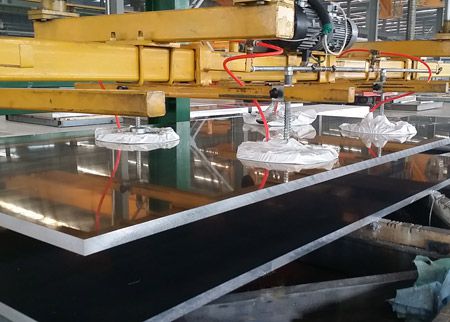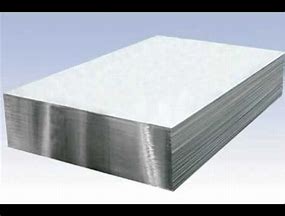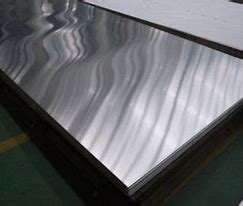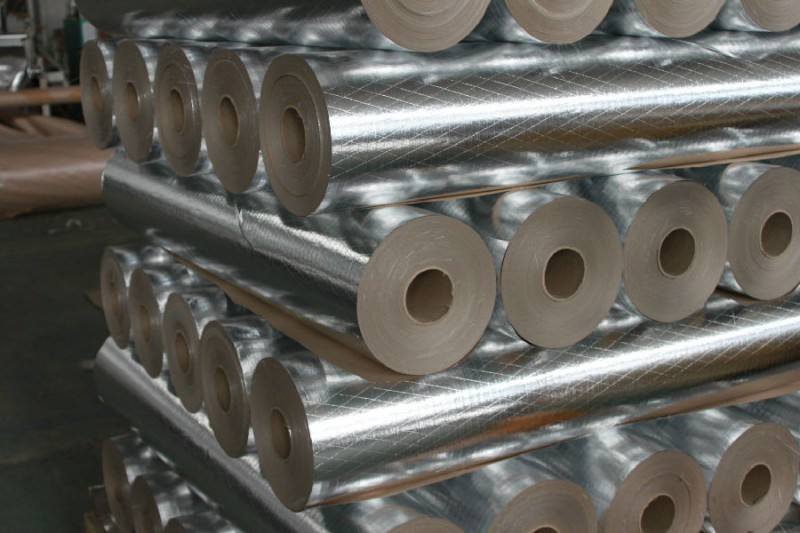



Aluminum stands out as an excellent heat conductor due to its distinctive atomic and physical characteristics. Exploring why aluminum excels in heat conduction involves delving into its atomic structure, thermal properties, and practical applications.

At the atomic level, aluminum exhibits a simple and efficient crystal structure, with a face-centered cubic (FCC) lattice arrangement. This configuration enables aluminum atoms to effectively transfer kinetic energy through the lattice, facilitating efficient heat conduction.
Additionally, aluminum boasts a high thermal conductivity compared to many other materials, registering at around 205 watts per meter-kelvin (W/(m·K)). This elevated thermal conductivity is crucial in applications where rapid and efficient heat transfer is essential.
The abundance of free electrons in the aluminum lattice significantly contributes to its exceptional thermal conductivity. Metals generally feature a high density of free electrons, and these electrons are highly mobile. When heat is applied, these free electrons swiftly move, transferring thermal energy throughout the material. This mechanism enables aluminum to conduct heat rapidly and effectively.
The low density of aluminum further enhances its heat conduction properties. As a lightweight metal, aluminum possesses a higher specific heat capacity than heavier metals, allowing it to absorb and store more heat per unit of mass, contributing to its efficiency in heat conduction.
Practically, aluminum's superior heat conductivity finds applications across various industries. In electronics, aluminum is commonly used as a heat sink material to dissipate heat generated by electronic components. The automotive sector employs aluminum in engine components and radiators to enhance heat transfer and overall efficiency. In culinary applications, aluminum pans and utensils ensure even distribution of heat, leading to uniform cooking temperatures.
While aluminum's remarkable heat conduction is noteworthy, its excellent electrical conductivity is equally significant. This dual functionality renders aluminum a preferred choice in applications demanding both efficient heat and electrical conductivity, providing versatility across different industries.
In conclusion, aluminum's outstanding heat conduction arises from its atomic structure, high thermal conductivity, abundance of free electrons, low density, and practical applications across diverse industries. Its proficiency in transferring and dissipating heat has positioned aluminum as a crucial material in technological and industrial advancements.
* Thank you for your inquiry. Please provide your business needs information so that we can better serve you.
This information can help us assign the most suitable person to solve your problem. We will give you feedback within 1-2 working days.
Related Blog







